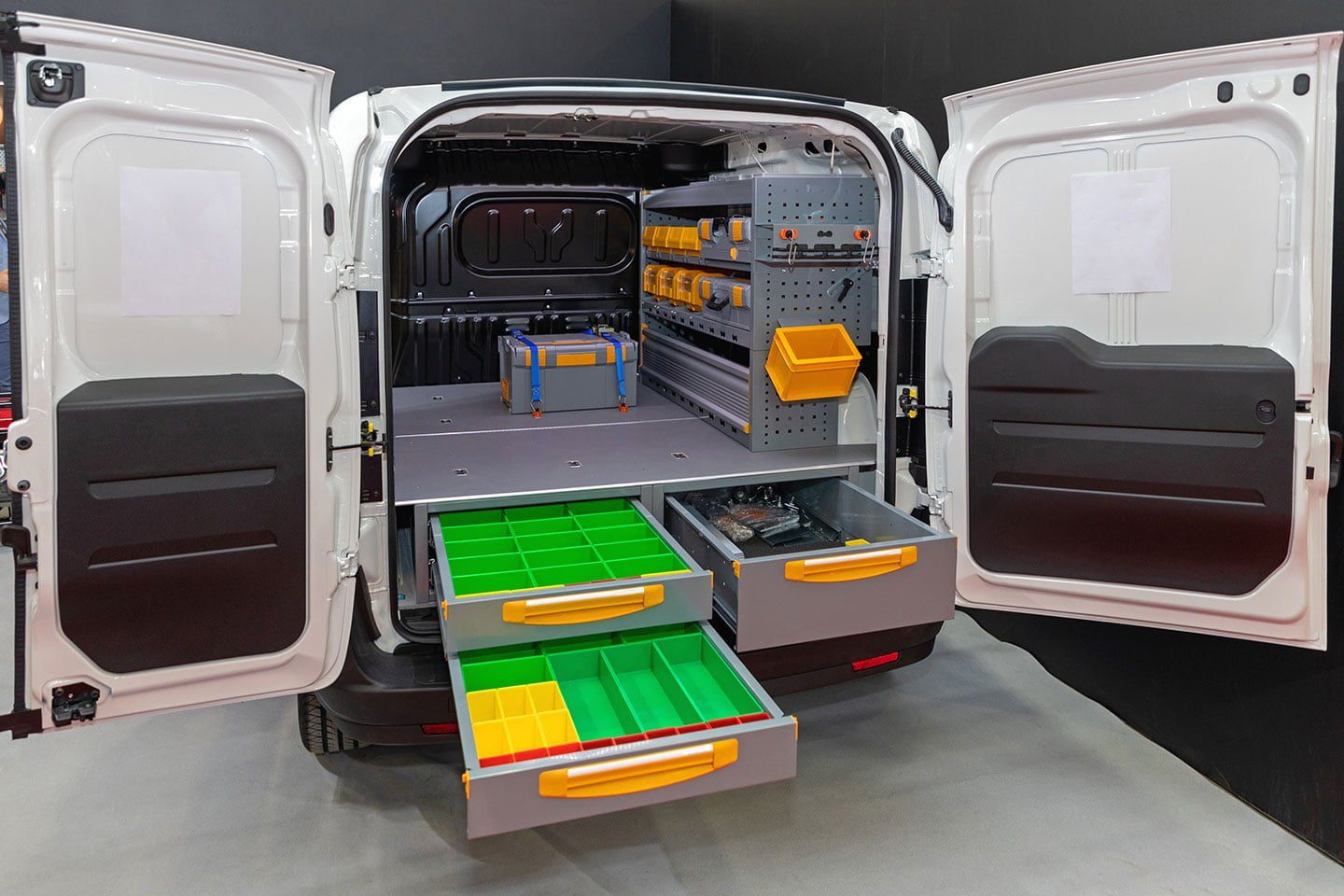Discover the significance of a robust preventative maintenance program in minimizing vehicle breakdowns, downtime, and repair costs.
In the intricate world of vehicle fleet management, the adage “an ounce of prevention is worth a pound of cure” couldn’t be more apt. Fleet managers are well aware that the key to a seamless operation lies in preemptive action rather than reactive firefighting. Enter preventive maintenance – a systematic approach that has proven time and again to be the linchpin of efficient fleet management. In this article, we delve into the profound significance of a robust preventive maintenance program in minimizing vehicle breakdowns, reducing downtime, and curbing repair costs.
The Essence of Preventive Maintenance
Preventive maintenance involves a meticulous schedule of inspections, servicing, and repairs performed at regular intervals, irrespective of whether a vehicle is exhibiting signs of trouble. The objective is simple yet powerful: identify and address potential issues before they escalate into costly breakdowns or catastrophic failures. By taking a proactive stance, fleet managers lay the foundation for a streamlined operation that minimizes disruptions and optimizes resources.
Minimizing Vehicle Breakdowns
The backbone of preventive maintenance lies in its ability to identify and rectify small issues before they snowball into larger, more complicated problems. Regular inspections allow fleet managers and maintenance teams to catch warning signs that may go unnoticed during daily operations. A loose bolt, a worn-out belt, or a malfunctioning sensor may seem insignificant in isolation, but if left unattended, they can lead to debilitating breakdowns that bring an entire operation to a standstill.
Reducing Downtime
Downtime – the bane of fleet operations – results in missed deadlines, frustrated customers, and revenue loss. A well-executed preventive maintenance program serves as a shield against unplanned downtime. When vehicles are subject to routine inspections and servicing, potential issues are spotted and rectified during scheduled maintenance windows, minimizing the chances of unexpected breakdowns that disrupt schedules and tarnish customer relationships.
Curbing Repair Costs
The financial implications of reactive repairs are often underestimated. Not only do they entail the direct costs of parts and labor, but they also encompass the indirect costs of lost productivity, missed opportunities, and the potential need for rental vehicles. Preventive maintenance, in contrast, offers a cost-effective alternative. By addressing issues early, fleet managers avoid the need for costly emergency repairs and replacement parts.
Unlocking Longevity
Fleet vehicles are valuable assets with finite lifespans. A robust preventive maintenance program has a direct impact on extending the lifespan of these assets. By ensuring that vehicles are well-maintained and serviced regularly, fleet managers enhance their overall durability. A vehicle that undergoes regular oil changes, filter replacements, and system checks is more likely to serve the fleet for an extended period, reducing the need for frequent replacements.
Data-Driven Decision-Making
The implementation of a preventive maintenance program goes beyond regular checklists. It involves leveraging data and insights to make informed decisions. Telematics technology plays a pivotal role by providing real-time data on vehicle performance, diagnostic codes, and potential issues. Armed with this information, fleet managers can tailor maintenance schedules, prioritize vehicles in need of immediate attention, and optimize resource allocation.
Achieving an Efficient Preventive Maintenance Program
Building an effective preventive maintenance program requires a multi-faceted approach:
1. Comprehensive Inspection Checklists: Develop thorough checklists that cover all aspects of vehicle systems, from engine components to safety features.
2. Regular Scheduling: Establish a consistent schedule for inspections and servicing, factoring in mileage, usage patterns, and manufacturer recommendations.
3. Technological Integration: Leverage telematics data to identify vehicles in need of maintenance and analyze performance metrics for insights.
4. Proactive Record-Keeping: Maintain meticulous records of each vehicle’s maintenance history, making it easier to identify patterns and trends.
5. Driver Engagement: Involve drivers in the preventive maintenance process by encouraging them to report any unusual sounds, behaviors, or warning lights promptly.
6. Collaborative Approach: Foster collaboration between fleet managers and maintenance teams, ensuring seamless execution of the program.
A Future with Fewer Breakdowns
In the world of fleet management, the allure of preventive maintenance lies not only in its immediate benefits but in its potential to reshape the future. In a future where breakdowns are minimized, downtime is a rare occurrence, and repair expenses are kept under control. A robust preventive maintenance program is an investment in operational reliability, customer satisfaction, and long-term cost savings. As fleet managers embrace the preventive approach, they unlock a path to an operation that thrives on foresight rather than firefighting.

